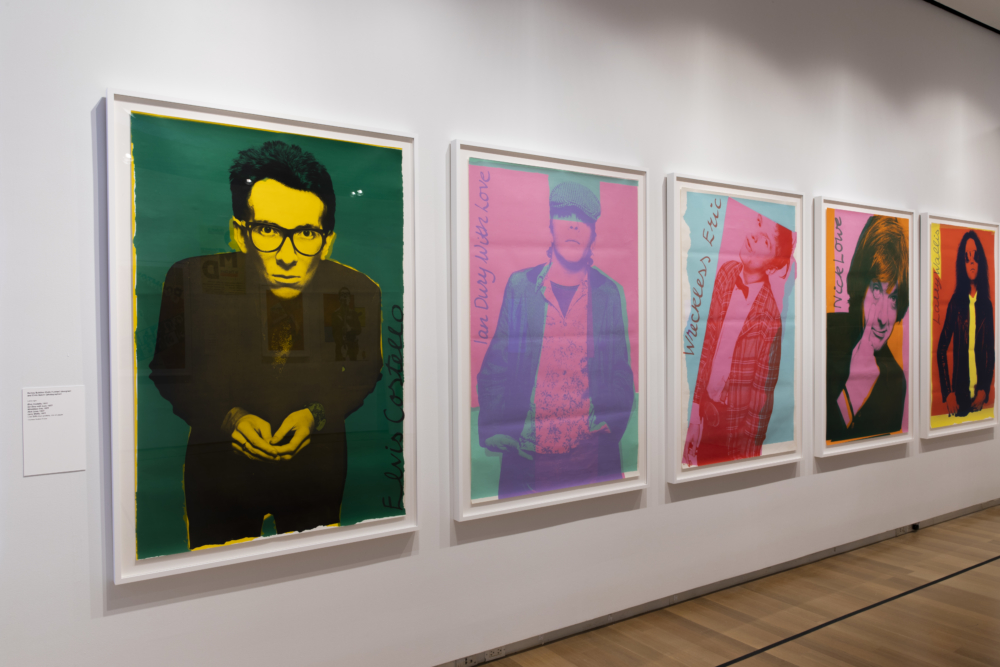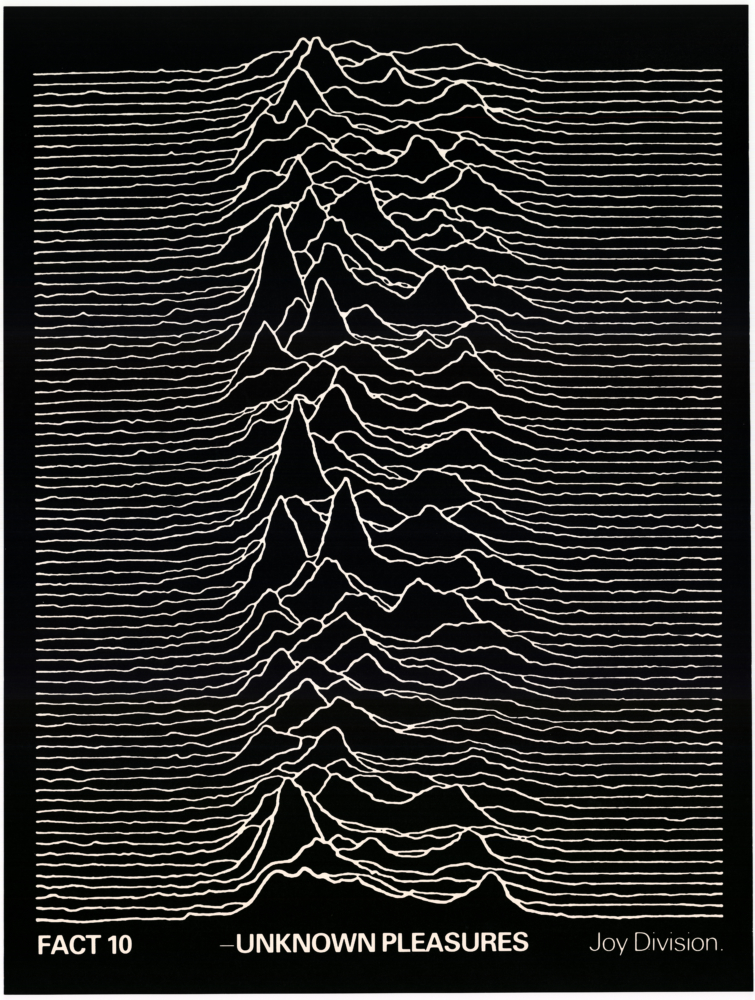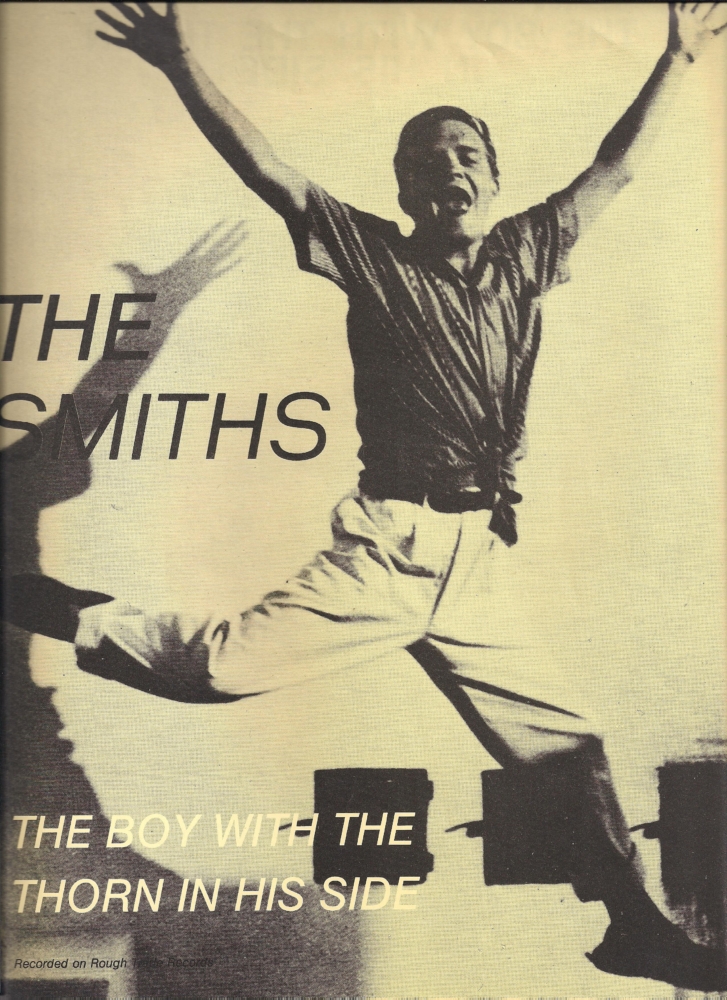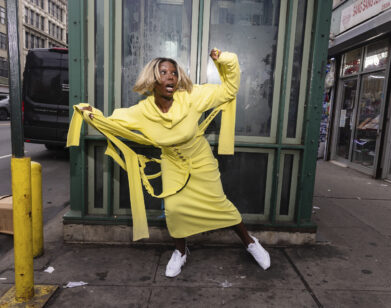Plunging into Punk’s Printed Matter

It was often through graphics that one encountered the world of punk: albums and singles in record stores, buttons on jacket lapels and handbags, and posters on construction site barricades and abandoned building walls. They were images that imposed themselves upon a decade so many were eager to escape, visually setting the agenda for a newer, and more nihilistic, era. One that revealed in small rebellions, distortions, and inversions of every mainstream impulse in the culture. Now, in the increasingly all-virtual world that the twenty-teens are rushing toward, an exhibition aims to capture that time in all its materiality: Too Fast To Live, Too Young To Die: Punk Graphics, 1976 – 1986, on view at the Museum Of Arts and Design through August 18.
Displayed on the black-painted walls of the central exhibition galleries of the museum are vivid color posters for shows by the Sex Pistols, Talking Heads, Bow Wow Wow, and The Ramones, among others. It’s primarily the handmade, do-it-yourself flyers that tell the story of the bands, clubs, and social scenes in their earliest phases. In a black-and-white photocopy advertising two shows at Max’s Kansas City, The Heartbreakers (each and every one) are scissor-cut-and-pasted onto a white field, as if they were trampolining up in the air, performing a few feet off the ground. Another flyer, perhaps the one most emblematic of the punk spirit throughout the exhibit, is for a pair of shows by The Cramps at Hurrah. Its blurry out-of-focus photograph is credited to “an inmate at Napa State Mental Hospital,” where the band performed in 1979.
Too Fast To Live, Too Young To Die features works that were originally meant to be seen just glancingly, but it offers rewards for those who stick around and take a closer look (and listen). With its pins, posters, and bins of records that can be spun and listened to on headphones, the show is a treasure trove for all who are visually, and musically, inquisitive.

Sex Pistols, The Great Rock’N’Roll Swindle, 1979. Designed by Jamie Reid, artwork by Trevor Key. Courtesy John Marchant Gallery. Copyright Sex Pistols Residuals.

Joy Division, Unknown Pleasures, 1979. Designed by Peter Saville. Courtesy Warner Music.

The Smiths, The Boy With the Thorn in His Side, 1985. Designed by Morrissey, layout by Caryn Gough. Photographed by Cecil Beaton. Courtesy Warner Music.

Talking Heads, Remain in Light, 1980. Designed by Tibor Kalman (M&Co.), artwork by Tina Weymouth, Chris Frantz, Walter Bender, and Scott Fisher. Courtesy Warner Music.






